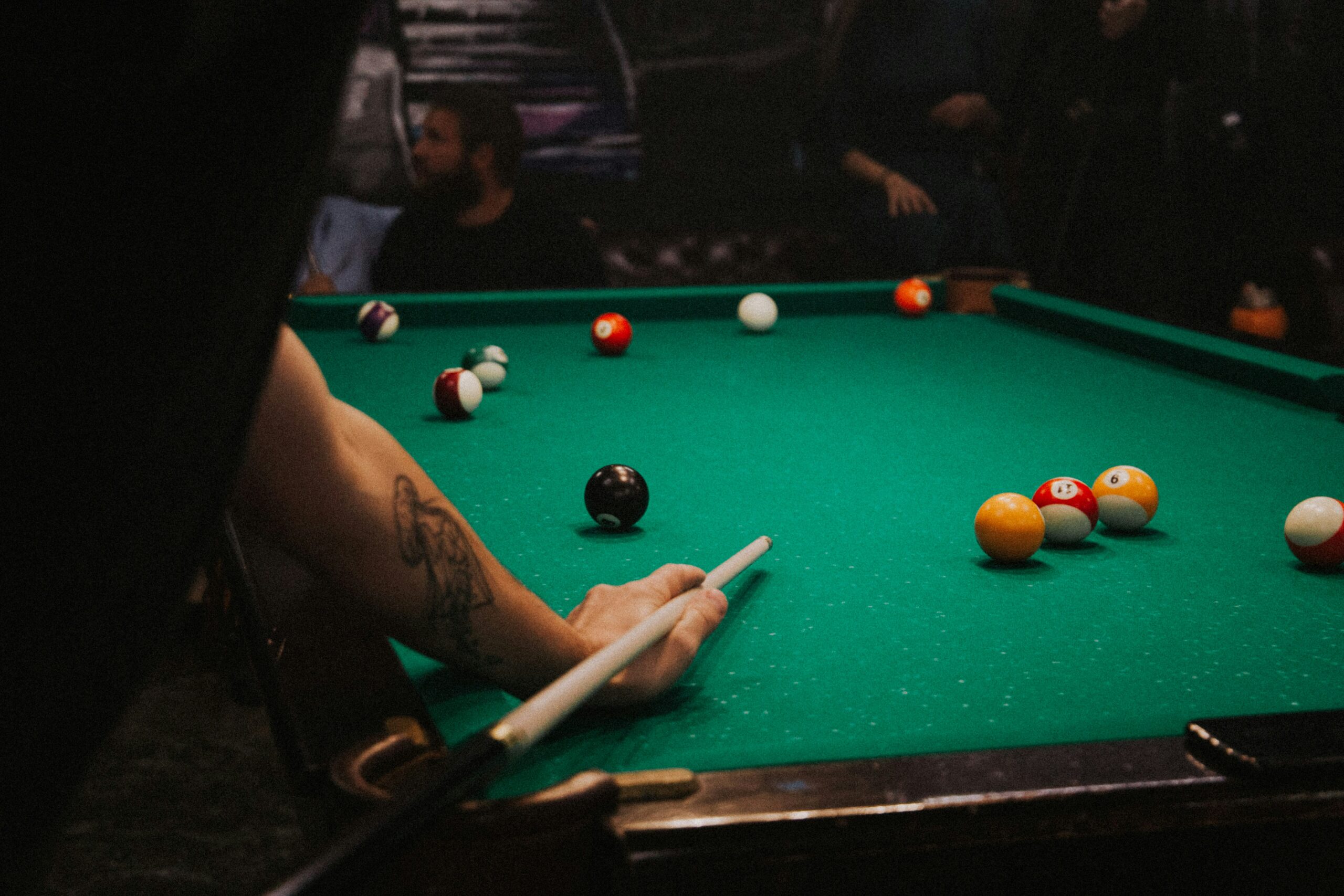
When it comes to billiards, one of the most important aspects of a successful game is the cue you use. Selecting the right cue for players of all skill levels can significantly impact performance, comfort, and enjoyment. While some may think any cue will suffice, the truth is that cues come in various shapes, sizes, materials, and weights, each offering unique benefits depending on the player’s style. Choosing the right cue is key to maximizing your potential and enhancing your playing experience.
Understanding the Components of a Cue
Before diving into specific cues, it’s essential to understand the critical components of a cue. Each cue is typically made up of a few primary elements: the shaft, the butt, and the tip. The shaft is the long, narrow section players grip and use to strike the ball. The butt is the thicker portion of the cue, which usually includes a wrap for better grip and comfort. Lastly, the tip is the small contact point at the end of the shaft that strikes the ball.
The design and quality of these components can vary significantly between different cues. For example, a cue with a straight shaft is generally preferred over a bend, as it allows for more accurate and controlled shots. Additionally, the materials used in the construction of these parts can also influence a player’s choice. For example, maple is a common material for the shaft, while the butt may be made of wood, fiberglass, or even carbon fiber.
Choosing the Right Weight for Your Game
One of the most significant factors to consider when selecting a cue is its weight. The cue’s weight can impact your control over the shot and the power behind your strikes. Cues generally range from 17 to 21 ounces, with the most common weight being around 19 ounces. However, it’s important to note that there is no one-size-fits-all answer regarding cue weight. The correct weight largely depends on your playing style and preferences.
A heavier cue may be more suitable for players who favor power and aggression, allowing for stronger shots and better ball control. On the other hand, players who prefer finesse and precision may benefit from a lighter cue, which offers better maneuverability and a more delicate touch. In addition, many players choose cues with adjustable weight systems, allowing them to customize the cue’s weight to their liking.
Considering the Grip and Handle Style
The grip of a cue can also play a critical role in your performance. The handle is the part of the cue you hold, and the comfort and texture of this area can significantly affect your shot-making ability. Most cues come with either a smooth or textured grip, with materials ranging from leather wraps to rubber or linen-based options.
A smooth grip provides a more natural, minimalist feel but may be slippery, particularly if your hands become sweaty during play. On the other hand, a textured grip offers a firmer hold, providing extra security and control, especially in situations where precision is paramount. Your grip type should match your hand’s comfort level and playing style.
Moreover, the length of the cue can also influence your grip. Standard cues typically range from 57 to 58 inches, but shorter cues are available for players needing more maneuverability in tight spaces. Taller players may prefer a longer cue for added reach and comfort, but it’s always a good idea to test different lengths to see what feels most natural.
Tip Hardness and Its Impact on Play
Another essential factor to consider when selecting a cue is the hardness of the tip. The tip of the cue determines how much friction it provides against the ball, which can impact the spin and control of your shots. There are three primary types of tips: soft, medium, and complex. Each type offers distinct advantages depending on your style of play.
A soft tip is ideal for players who focus on generating spin and control, as it provides more grip on the ball. This makes it an excellent choice for players who rely on advanced techniques such as a jump shot. However, soft tips can wear down quickly, requiring more maintenance and replacement. On the other hand, a hard tip is less prone to wear and tear, providing more consistency for players who focus on power and precision rather than spin. A medium tip balances both, offering a versatile option for most players.
Material Choices for Shaft and Butt
The materials used to construct the cue can also influence its overall performance. Most traditional cues are made of wood, with maple being the most popular choice due to its durability and flexibility. However, technological advances have led to the development of composite materials, such as fiberglass and carbon fiber, which are becoming increasingly popular for their durability and low-maintenance qualities.
Wooden cues offer a more natural, responsive feel, making them a favorite among experienced players. However, while less traditional, composite cues can provide a more consistent hit and are often preferred by players who prioritize durability and long-term use. Choosing wood and composite materials ultimately depends on your preference and desired playing experience.
Testing and Customization
When choosing the right cue, the best approach is always to test several options. Many cue manufacturers offer customization services, allowing players to select specific features such as weight, grip material, and even the type of wood or composite material used. This level of customization ensures that your cue feels perfectly suited to your playing style.
Additionally, many local pool halls or billiard shops offer rental cues or opportunities to try out different cues before purchasing. This can be a great way to get a feel for different cues and make a more informed decision. After all, the best cue feels like an extension of your arm, providing comfort, precision, and control with every shot.